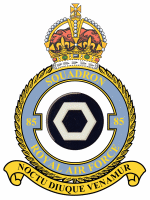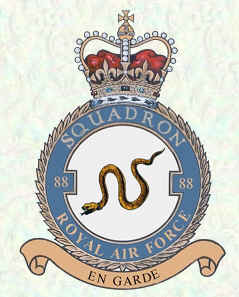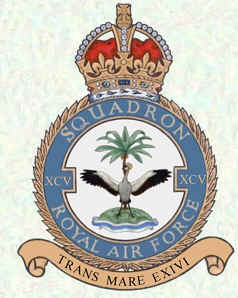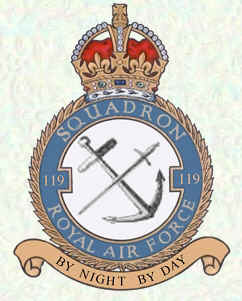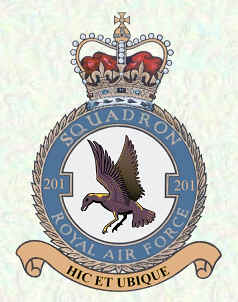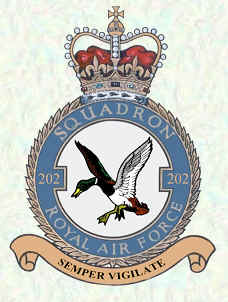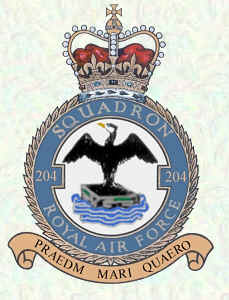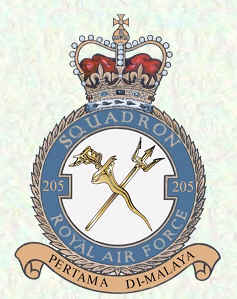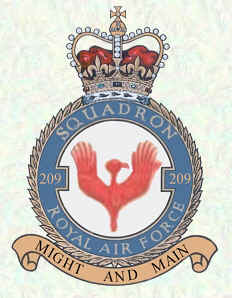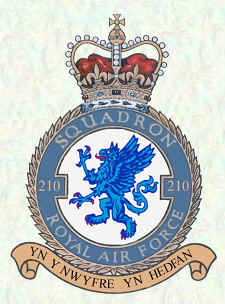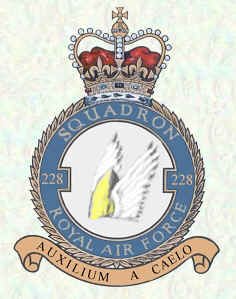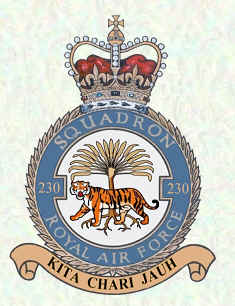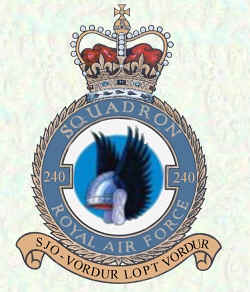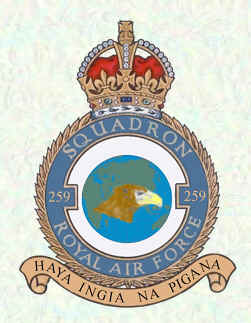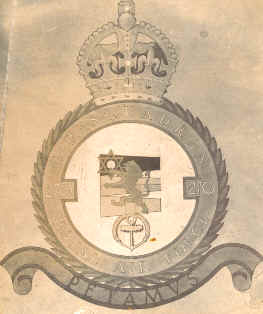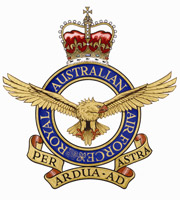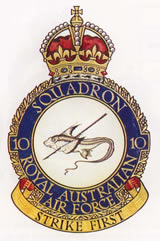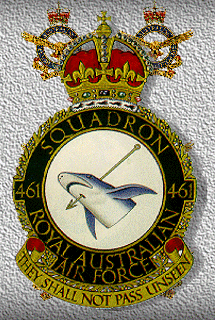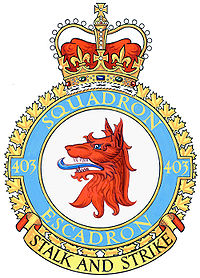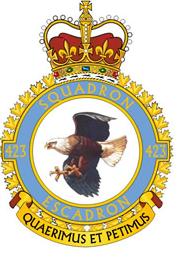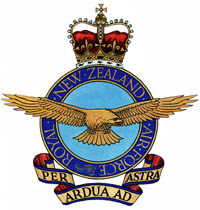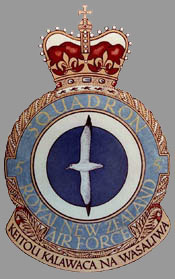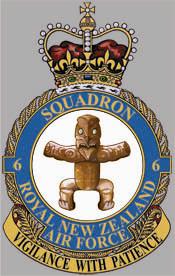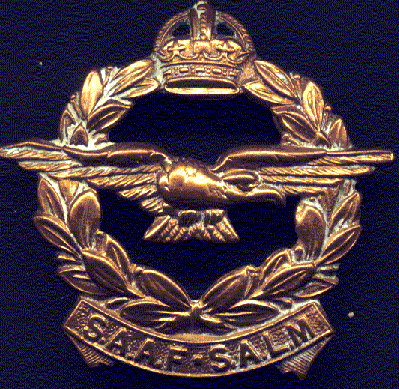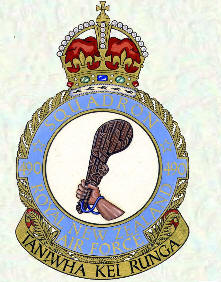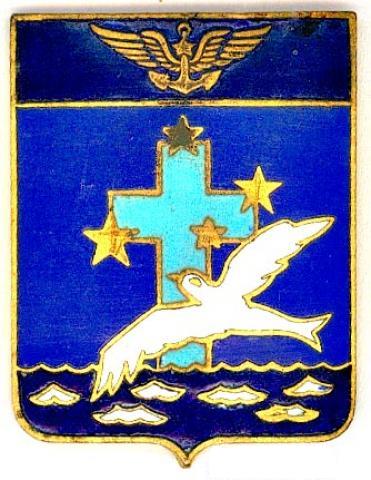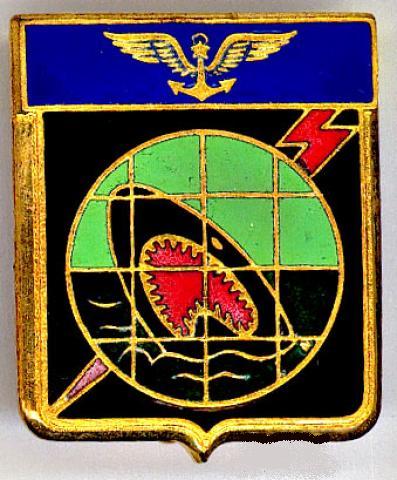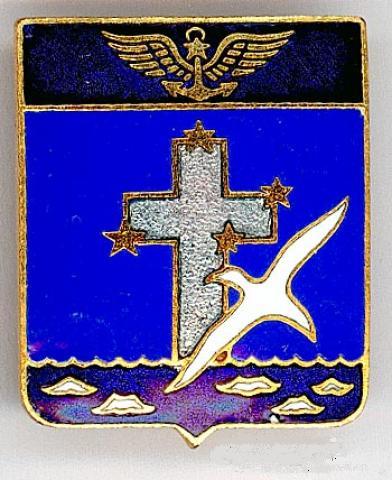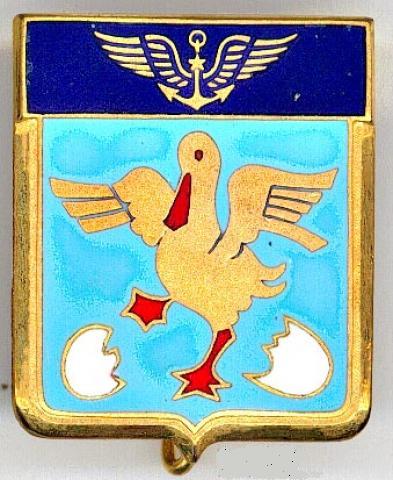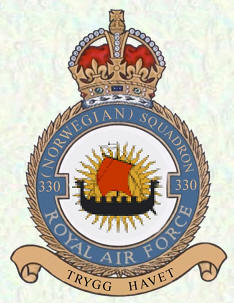
|
|||||||||||||||||||||||||||||||||||||||||||||||||||||||||||||||||||||||||||||||||||||||||||||||||||||||||||||||||||||||||||||||||||||||||||||||||||||||||||||||||
The Short Sunderland flying boat was one of the mainstays of Coastal Command during WW2 and he was one of the longest serving military aircraft of its era, with an RAF career from 1938 until 1959. Short Brothers Ltd The company was founded in November 1908 by brothers Horace, Eustace and Oswald Short as Short Brothers Ltd., Since 1989 Eustace and Oswald had made balloons but in 1908 they tried to built under license Wright aircraft . At Leysdown, Isle of Sheppey,in 1909. They received order for six Wright biplanes, Company pioneered multi-engine and multi propeller types, and tractor biplanes with folding wings for naval use. New works at Rochester, Kent, started in 1914 and during WW1 184 torpedo-bomber were built And it was a short aircraft to sink a the first ship at sea . This type of aircraft were used during the Battle of Jutland . After WW1 attention was put to all-metal aircraft and concentrated later on large civil and military flying-boats (; Calcutta and Kent for civilians use with Imperial Airways and Singapore biplane series for military use with RAF in1926).in 1936 company become Short and Harland Ltd. in 1936 and in 1943 British Government enter in the society follow in 1947 by a new change in Name Short Brothers Ltd. readopted June 1977, but current name Short Brothers PLC, as part of Bombardier Aerospace Group since 1989 where she lost its separate identity. In 1993 Bombardier Shorts and Thomson-CSF formed a joint venture, Shorts Missile Systems, for the design and development of very short-range air defence missiles using experience dating back to the 1950s. In 2000 Thomson-CSF bought Bombardier's 50% share to become the sole owner. Shorts Missile Systems was renamed Thales Air Defence Limited in 2001. History In the early 1930s, competition in development of long-range flying boats for intercontinental passenger service was becoming increasingly intense and Great Britain had nothing to match the new American Sikorsky flying boats In 1934, the British postmaster general declared that all first-class Royal Mail sent overseas was to travel by air, effectively establishing a subsidy for the development of intercontinental air transportation So British Imperial Airways announced a competition for an order for 28 flying boats, each weighing 16.4 tonnes (18 tons) and having a range of 1,130 kilometres (700 miles) with a capacity of 24 passengers Early in 1934 Imperial had asked Shorts to work on a design for an updated version of the Kent-type flying boat, with a range of 800 miles, 24 passengers and 1.5 tons of mail. Oswald Short, began a crash program with at the head of the design team Arthur Gouge. The design produced, the Short "S.23", was a clean and elegant aircraft, with a wingspan of 35 meters a length of 27 meters , an empty weight of 10.9 tons and a loaded weight of 18.4 tons . The S.23 was powered by four Bristol Pegasus air-cooled radial engines, each providing 686 kW (920 HP). Cruise speed was 265 KPH (165 MPH), and maximum speed was 320 KPH The S.23 featured a new hull design and a new flap scheme to reduce landing speed and run. The big flying boat had two decks: an upper deck for the flight crew and mail, and a lower deck with luxury passenger accommodations.
The first S.23, named "CANOPUS", make its first flight on July 4th 1936 and he was the first of a series of Shorts flying boats for commercial service, collectively known as the "Empire" boats. A total of 41 S.23s were built, all with names beginning with the letter "C", and so they were also referred to as the "C-class" boats.
But this fliyng boat was still not quite the equal of the big Sikorsky and Boeing Clippers The S.23 was relatively overweight and restricted in range and payload. It still performed reliable service in connecting Great Britain with the distant regions of the British Empire: South Africa, India, Singapore, Australia.but he could not operate on the high-profile transatlantic route.In 1937, the second and third C-class boats, the CALEDONIA and CAMBRIA, were stripped down and given additional fuel tanks to make the transatlantic run, though their payload was minimal. During World War II, the Empire boats were pressed into military service. Four S.30s were used for ocean patrol; they were fitted with later-mark Pegasus engines, and armed with twin Boulton-Paul turrets -- each with four 7.7 millimetre (0.303 calibre) machine guns -- plus racks for external stores. The three S.26 G-class boats had similar combat fit, but featured three Boulton-Paul quad turrets. Only one of these seven, an S.26, survived military service. It returned to commercial operation until scrapped in 1954 To meet requirement R.2/33 of the Air Ministry for a general reconnaissance flying boat, Short developed the S.25 Sunderland from their famous S.23 "Empire" or "C-class" flying boat, the flagship of Imperial Airways.. These civilian flying boats were designed for Imperial Airways, who at the end of 1934 won a contract to carry most long range post within the British Empire. The military flying boat variant was designated S.25, and the design was submitted to the Air Ministry in 1934. Sanders-Roe also designed a flying boat designated the "A.33" for the R.2/33 competition The military ordered prototypes of the S.25 and S.33 for evaluation. The first S.25, now named the "Sunderland Mark I", flew from the River Medway on 16 October 1937 Shorts had a design ready in June 1934, and proceed to the trials in January 1935. A first order for a batch of 14 fliyng boats was placed in May 1935 followed by an other in September. before the first Empire boat had made its maiden flightThe maiden flight of the first of the Empire boats came on 4 July 1936. So the military version flow before the civilan version in October 15th 1937. In the same time Short has an opponent in this challenge with the Saunders-Roe A.33. In March 1936 11 of Saunders ROE A 33 were ordered but the prototype of this aircraft make its maiden flight on October 14th 1938, and was damaged in a crash on October 25th . Repairs were not considered economical and the design was abandoned. The prototype made its first flight and he was to be armed with a two-gun powered nose turret and a four-gun powered tail turret. This moved the centre of gravity of the aircraft back, and forced Shorts to angle the wings back at 4 degrees. A total of 749 Sunderland were built, in four factories. 331 In Short’s original base at Rochester 133 in new factory in Belfast (operated as Short & Harland). 250 were built at Blackburn’s Dumbarton factory, 35 in a plant on the shores of Windermere Description Sunderland was a pure flying boat in fact he had a similar hull to the S.23 Empire boats, but with a tapered rear step, which reduced aerodynamic drag.. It had a deep hull, and the wings were set high on the fuselage, to keep the engines and propellers away from the water spray. It was a very impressive aircraft . The hull had a single step, which served to break the suction of the water, and allow the flying boat to unstick.
The fuselage of the Sunderland was roomy enough to give the crew of ten or more men some comfort on their long patrol flights, which could last up to 13 hours. The front part of the fuselage was divided in two decks. The upper deck contained the cockpit with the two pilots, and the stations for the flight engineer, the wireless operator and the navigator. There was also a compartiment for flares, and positions for the gunners, The fuselage was built around a series of vertical box frames and divided into compartments by watertight bulkheads. The upper deck contained the five-man flight deck (pilot, co-pilot, radio operator, navigator and engineer). From front-to-back the lower deck contained the FN.11 turret with the bomb aiming position below, a store for mooring equipment, a toilet, the officers wardroom, then the galley, the bomb compartment, the crew’s quarters and bunks, the upper beam guns, a workshop and more storage a flush lavatory, a wash basin, and a shaving mirror. Crews would often collect their own set of dishes and cooking utensils, add curtains to the small wardroom, and install luxuries like a portable radio. and finally the FN.13 four-gun rear turret
The characteristic blunt nose contained a retractable two-gun turret (for moored to a buoy , the front gun turret was rolled back and a chain was ran out. ) and the tail a four-gun turret. The bomb aimer’s position was protected by a solid hinged window to prevent water breaking in when taking off or landing The bilges had to be pumped out regularly, and for this both a manual pump and a pump driven by an Auxiliary Power Unit were installed. To correct a problem with the center of gravity, the wings were given a slight sweepback The result was that the engines were slightly toed out. This cost some engine efficiency, but an advantage was that it improved controllability with one engine out. The stabilizing floats under the wing tips were attached by two struts and wire-bracing. The 910 kgs of bombs were stored internally on racks which could slide out into a position under the inner On the water the aircraft was steered by canvas drogues, which were deployed through the galley windows. An anchor was on board, For daily maintenance they were make when aircraft was moored. The manutention during this operation require some care to avoid damaging the hull Supplies, fuel and ammunition were brought by boats, When the Sunderland his moored two men were on board during the night . During Bad atmospheric conditions ( gale tempest ) pilot had to be on board because the engines were used to turn the aircraft in the wind. But often crews live in their Sunderland between flights. Sunderland Mk.I was powered by four Bristol Pegasus XXII air-cooled radial engines of 1010 HP The fuel for these engines (11600 liters)was held in ten self-sealing fuel tanks in the wings, The Mk.II had slightly more powerful Pegasus XVIII engines with constant-speed airscrews, the Mk.III has Pegasus engines The Mk.IV was redesigned for operations in the Pacific; it was later renamed Seaford. Only six Seafords were built before the project was cancelled The Mk.V had American Pratt & Whitney R-1830-90B engines of 1200hp. Both the Pegasus and the R-1830 were very reliable engines, but the R-1830s had fully-feathering propellers, and in combination with the additional power this significantly increased a chance of a Sunderland to stay airborne with one or two engines out. The armament is different according to the versions, the Mk.I had two guns in hatches on the upper aft fuselage. and late in its production run a dorsal gun turret was introduced, replacing the hatches. addition to the guns in the nose and tail turret The Mk.II has a dorsal turret were retained by, which also had a more streamlined hull with a faired step. This reduced drag, but could cause porpoising during take-off and landing The Mk.V also had four fixed, forward-firing guns, and two hatches in the aft fuselage for additional guns. Mk.II also carried ASV Mk II Radar like Mk.III and the Mk.V.
The Sunderland was easy and pleasant to fly, and for long patrols pilots had the benefit of an autopilot. Its cruising speed was about 225km/h and it usually flew patrols at low altitudes. The main task of many Sunderland was tracking enemy shipping, flying long patrols over an empty sea. Some crews never saw an enemy in the entire war. For U-boat patrols, he carrying eight depth charges, They patrolled the approaches, or flew convoy protection missions. The two were often combined, with the Sunderland meeting the convoys at some distance in the ocean. When an U-boat was sighted, the Sunderlands tried to attack it before it submerged. Although described as "depth charges", its bombs were set to explode at a depth of 25 feet to 30 feet, effective enough against surfaced submarines. Late in the war, the submarines were well-armed with Flak and willing to fight it out, while zig-zagging on the surface. In response, the Sunderlands were fitted with four fixed, forward-firing guns, to figth the U boat Flak. The confrontations were extremely dangerous for the two protagonists . Sunderlands also attacked small surface ships The Sunderland also flew search-and-rescue (SAR) missions. It has to be pointed out that normally, the Sunderland could not land to pick up survivors. Like other flying boats, it could land and take-off only from sheltered coastal waters. From 1942 onwards, landings in open sea were expressly forbidden, except in special circumstances and with permission But Sunderland was vulnerable to enemy fighters, because it was slow and operated out of the range of Allied fighters. However, the later Sunderland were well-armed, with nose, dorsal and tail turrets, gun hatches in the aft fuselage, and often some additional guns added by the crews. Flying low above the waves to prevent attacks from below, a Sunderland was not an easy victim, and managed to defend itself very well. For example, on June 2nd 1943 a Sunderland survived an attack by eight Ju 88s, shooting down three of them, although it was riddled with holes, lost an engine, and several crewmembers were wounded. Such exploits allegedly earned it the German nickname of "Fliegendes Stachelschwein" (Flying Porcupine), although this could also be attributed to the large array of radar antennas fitted to many Sunderland.
Although the Sunderland was not an amphibian, beaching gear allowed it to be pulled up on land. Two-wheeled struts could be attached to either side of the fuselage, while a small two-wheel trolley with a tow bar could be fitted under the rear of the hull. The Short Sunderland Mk I The Short Sunderland Mk I entered service in 1938, in the Coastal Command It was at the beginning of WW2 one of the few modern aircraft available The Mk I was powered by four Bristol Pegasus XXII engines, each giving 1,010hp. It was armed with eight 0.303in machine guns – two in a retractable nose turret, four in the tail turret and one each in two beam positions at the rear of the upper deck. 89 Sunderland Is were completed between 1938 and 1941 ( 74 built at Rochester in Shorts’ factory and 15 at Dumbarton in Blackburn factories ).
After the failure of the Saro Lerwick program in 1940 Sunderland production take back after an interruption of one year and production of Sunderland Mark II began.
Specifications of the Sunderland Marl I Engine: Four Bristol Pegasus XXII Power: 1,010hp Span: 34.4m Length: 26.7m Height: 10.5m Max speed: 336 km/h Loaded Weight: 25.4tons Armament: Two 0.303in in nose turret, four in tail turret and two in beam positions Bomb load: 900kgs on retractable racks Users Squadron No.210 at Pembroke Dock and No.230 at Seletar (Singapore), in summer of 1938. In 1939 at the start of WWII we found Squadron No.204 and 228 Squadron. The Short Sunderland Mark II the porcupine
The Short Sunderland II was introduced in 1941, and was the first version of the aircraft to carry ASV radar. It was probably this radar installation that earned the Sunderland the German nickname “porcupine”. The ASV Mk II radar needed eight transmitter aerials on each side of the hull, four dorsal dipole receiving masts and central and underwing Yagi homing aerial arrays, so the Sunderland really did bristle with spikes. It was was powered by four Bristol Pegasus XVIII engines with two stage super-chargers. During the production run the two beam guns were replaced with a two-gun F.N.7 turret 43 Sunderland IIs were produced ( 23 at Shorts’ Rochester plant, 15 at Short & Harland, Belfast and 5 by Blackburn at Dumbarton. ) The extra equipment increased the weight of the Sunderland II, and despite the slightly more powerful engines the overall performance went down slightly. Specifications Short Sunderland Mark II the porcupine Engine: Four Bristol Pegasus XVIII Power: 1,050hp Span: 34.4m Length: 26.5m Height: 10.5m Max speed: 329kms/h Loaded Weight: 26.5tons Maximum Range: 2,800 nautical miles/ 5200kms Armament (early): Two 0.303in in nose turret, four in tail turret and two in beam positions Armament (late): Two 0.303in in nose turret, four in tail turret and three in dorsal turret Bomb load: 2,000lb on retractable racks The Short Sunderland Mark III
The Short Sunderland III was produced in larger numbers than any other version of the aircraft, accounting for 463 of the total of 749 Sunderlands that were built. The main change introduced on the Mk III was the use of a faired main step on the bottom of the fuselage. This reduced the drag caused by the boat hull by ten percent, but did have some impact on the aircraft’s handling in water. The prototype Mk III, was a converted Mark I who, made its first flight on June 28th 1941, and the first production aircraft flew on December 15th 1941. The Sunderland Mk III was very similar to the Mark II, with the same guns and ASV Mark II radar. Early in 1943 a new radar the ASV.Mk III was installed. This was based on the centimetric H2S radar used by Bomber Command, and unlike the ASV II radar could not be detected by the U-boats. The last batch of Sunderland Mark III was given ASV.Mk IVc radar, which replaced the Yagi aerials with under-wing split scanners in protective radomes. Later Sunderland Mark III also receive a battery of four fixed 0.303in machine guns in the nose, to counter the increasingly powerful anti-aircraft armament carried by the U-boats. 186 Sunderland Mark III were produced by Shorts at Rochester,35 on Windermere and the rest at Belfast and Dumbarton.Sunderland Mk III was the last significant version of the Sunderland
Specifications of Sunderland Mark III Engine: Four Bristol Pegasus XVIII Power: 1,050hp Span: 34.4m Length: 26.5m Height: 10.5m Max speed: 337kms/k Ceiling: 5200m Loaded Weight: 26.5tons Armament: Two 0.303in in nose turret, four in tail turret and three in dorsal turret; four fixed 0.303in guns added to nose in later aircraft Bomb load: 990kgs (retractable) The Short Sunderland Mark IV
The Short Seaford was originally developed as Mk IV, to be used in PTO and he wil use the Bristol Hercules engines of the Shirt Stirling. Only two prototypes and eight production aircraft were built, and the type never saw combat. Work on the Sunderland IV began late in 1941. Hercules engines would increase the speed and range of the Sunderland, making it more suitable for use in the PTO. But after the Japanese victories, which quickly pushed the British back to the Indian border and away from the areas where flying boats were most useful, work on the Sunderland IV progressed very slowly. The prototype of the Sunderland IV make its maiden flight until 30 August 1944. The new aircraft was longer than the standard Sunderland, with a wider fuselage. Early tests proved that it needed a bigger tail, and the new tail plane was given a distinct dihedral to keep the horizontal tail plane clear of spray. Mark IV was the faster version of the Sunderland by 29mph, but had a lower ceiling and shorter range than any other version. By in the same time the prototype of the first Mark V fly with its Pratt & Whitney engines The Mk IV would have been very heavily armed. It was to have carried two 20mm cannon in the dorsal turret, two 0.5in guns in the nose and tail turrets and beam positions and two fixed 0.303in guns in the nose. Payload would have been the standard 990kgs of all versions of the Sunderland. Eight of the forty aircraft ordered were completed, and were given the new name Short S.45 Seaford. After a short use for trials in 201st Squadron they were converted for civilian use as Short Solent
Three Sunderland squadrons were available in Britain at the start of the Second World War – Nos.204, 210 and 10 (RAAF).
Walk Around HERE
|
|
Droit d’auteur La plupart des photographies publiées sur ce site sont la propriété exclusive de © Claude Balmefrezol Elles peuvent être reproduites pour une utilisation personnelle, mais l’autorisation préalable de leur auteur est nécessaire pour être exploitées dans un autre cadre (site web publications etc) Les sources des autres documents et illustrations sont mentionnées quand elles sont connues. Si une de ces pièces est protégée et que sa présence dans ces pages pose problème, elle sera retirée sur simple demande. Principaux Collaborateurs:
Nb
de visiteurs:7076552 Nb
de visiteurs aujourd'hui:1069 Nb
de connectés:64 | |||||||||||||||||||||||||||||||||||||||||||||||||||||||||||||||||||||||||||||||||||||||||||||||||||||||||||||||||||||||||||||||||||||||||||||||||||||||||||||||





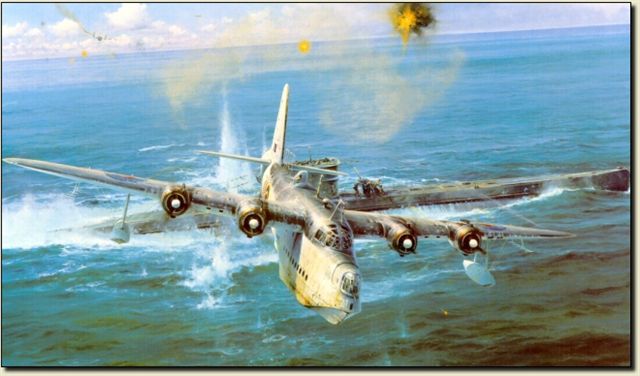
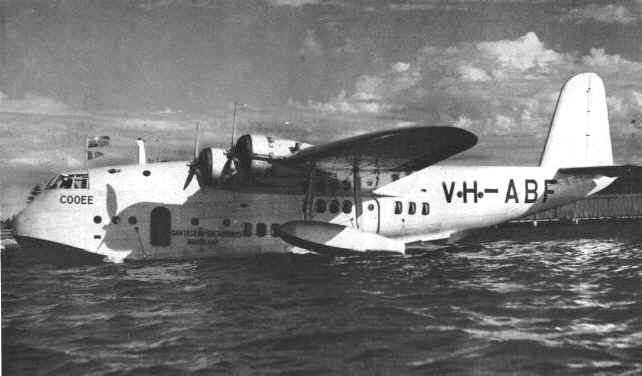
.jpg)
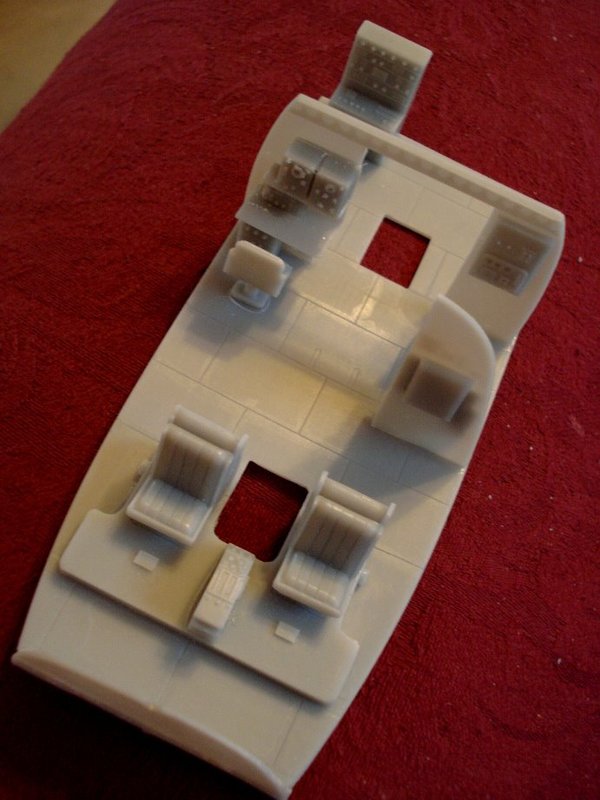
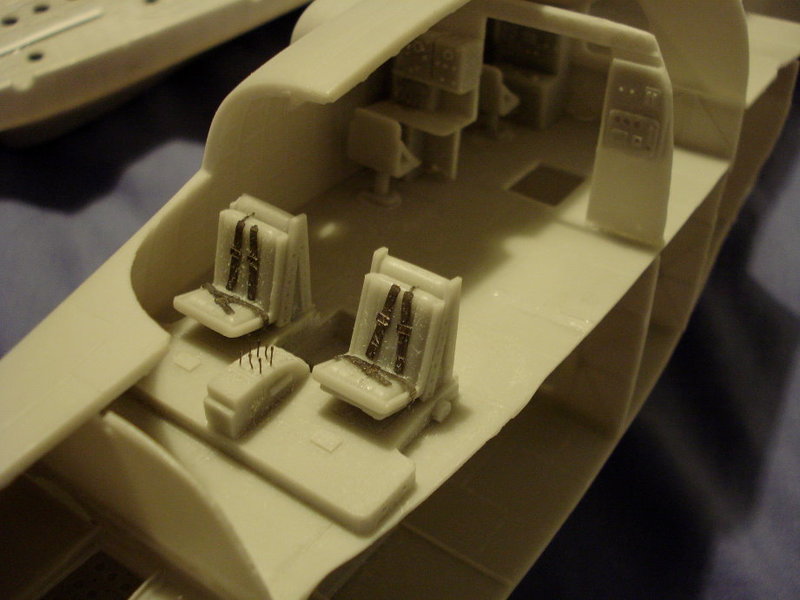
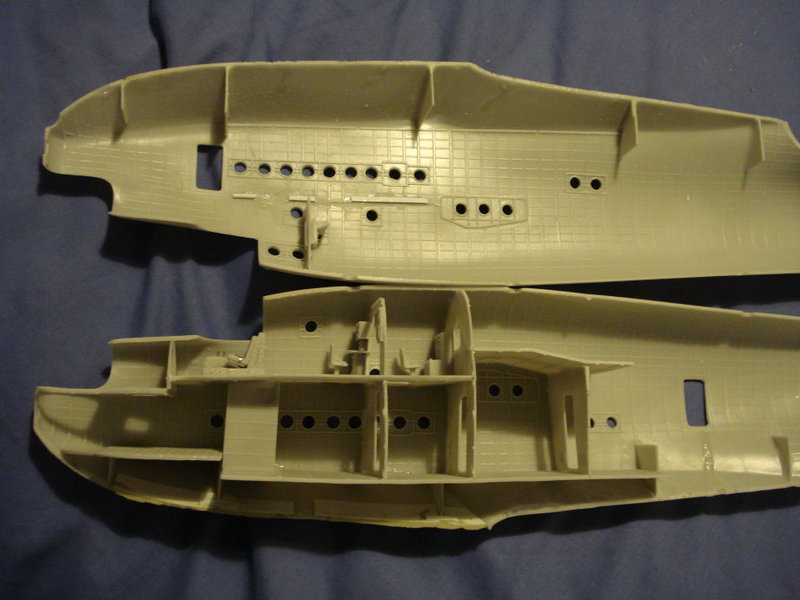
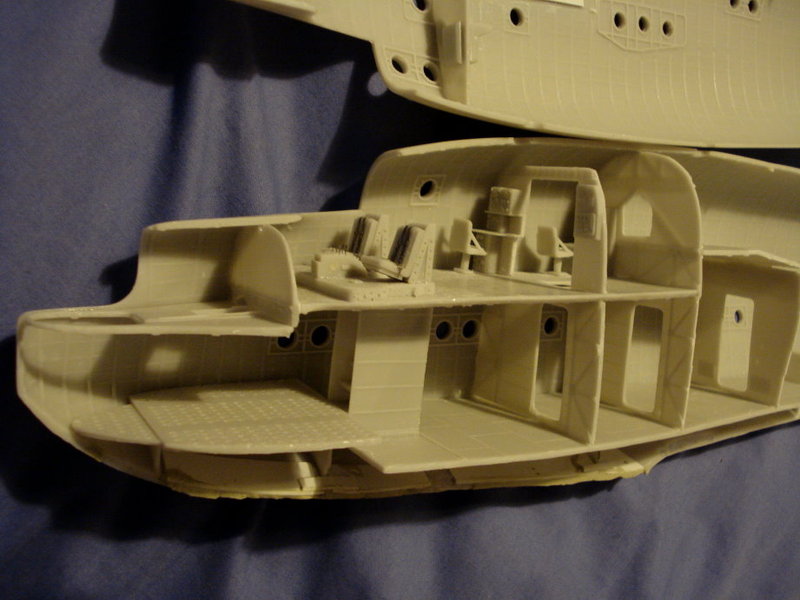
.jpg)
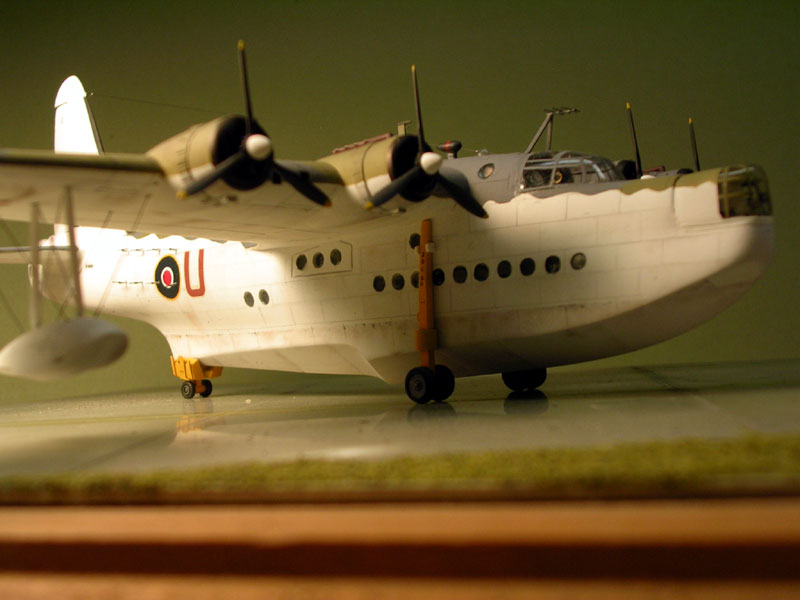
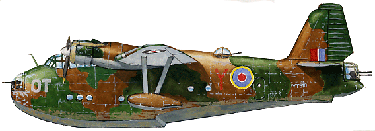
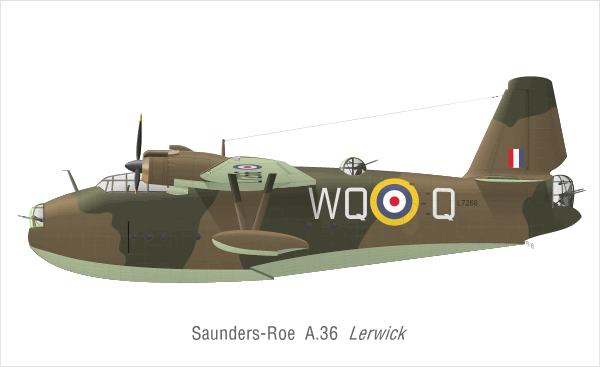
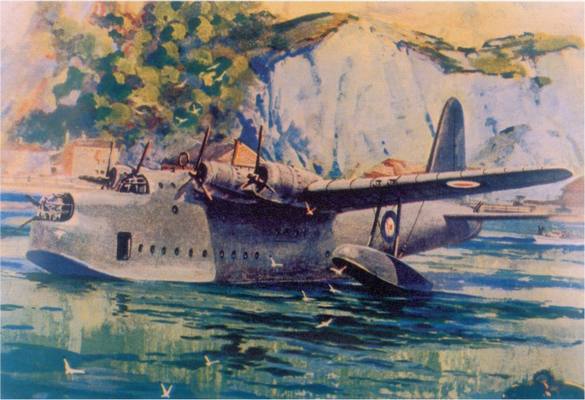
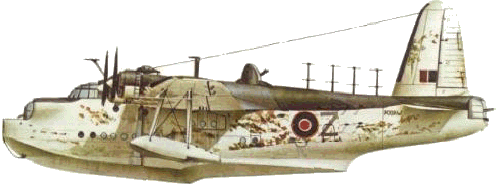
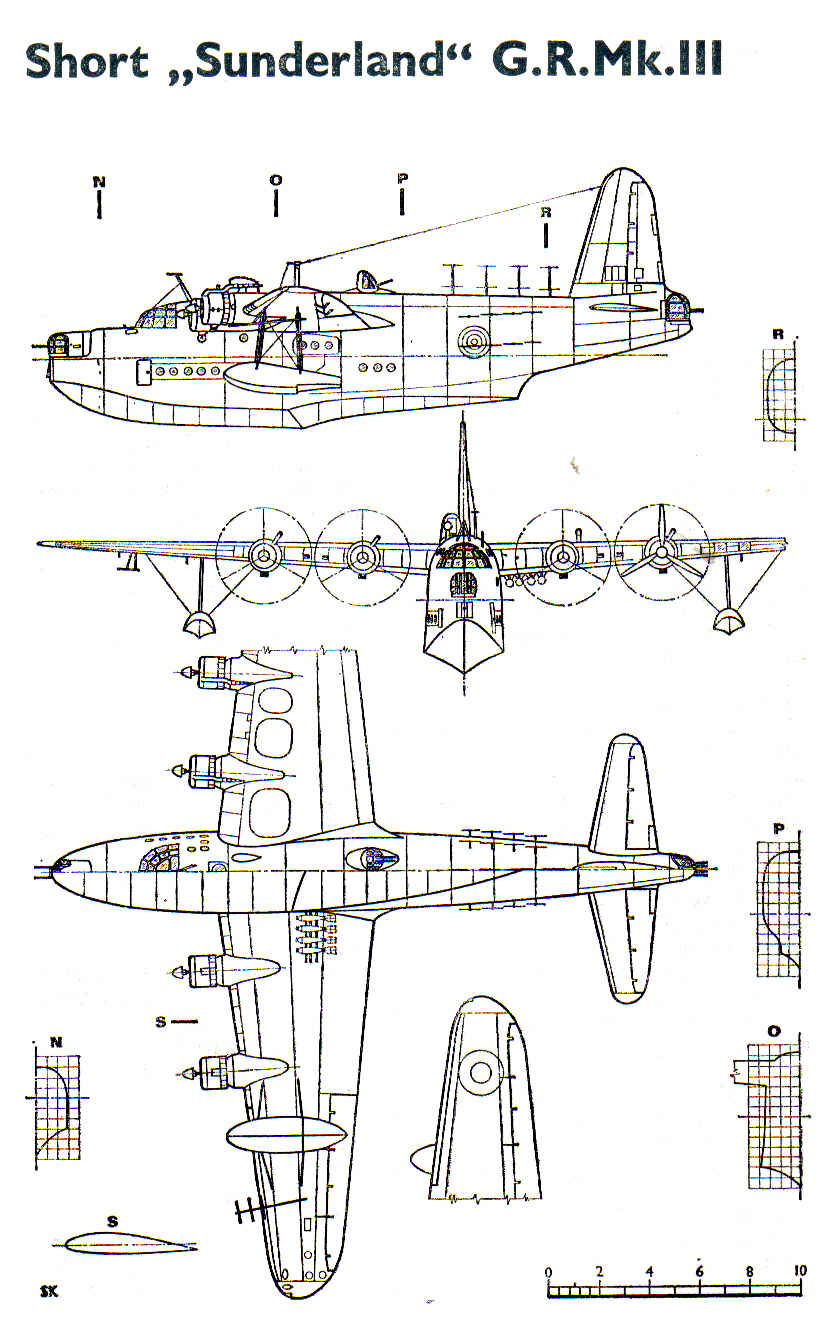
.jpg)
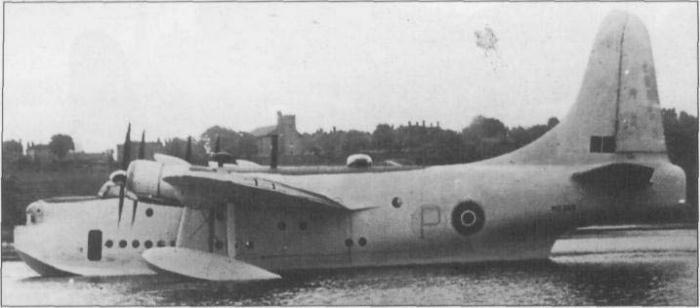
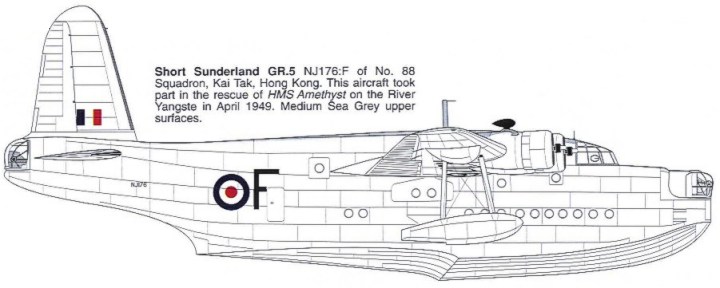
.jpg)
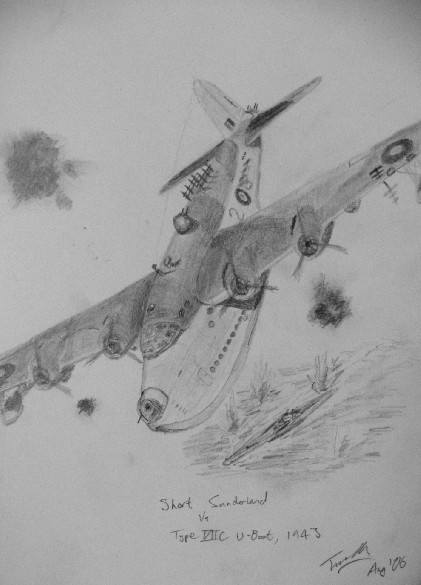
.png)
.jpg)
.jpg)
.jpg)
.gif)
